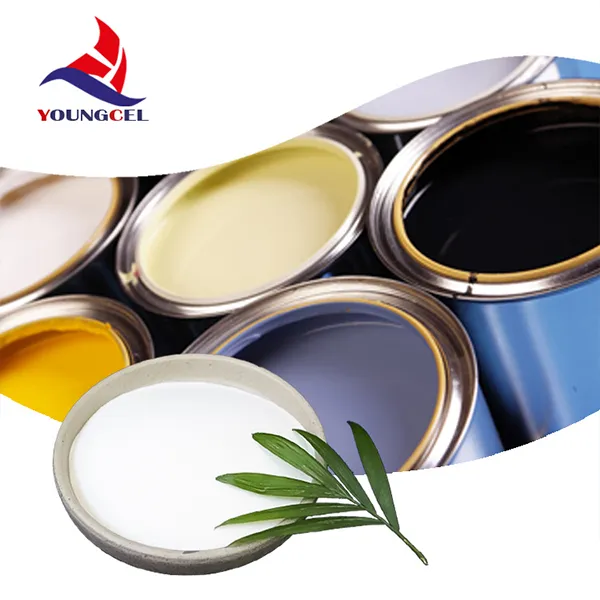Hydroxypropyl Methylcellulose (HPMC) An Overview
Hydroxypropyl methylcellulose (HPMC) is a semi-synthetic polymer derived from cellulose, a natural polymer found in the cell walls of plants. It is a versatile compound that possesses a wide array of properties, making it valuable in various industries, including pharmaceuticals, food, construction, and cosmetics. This article provides an overview of HPMC, its properties, applications, and significance in contemporary manufacturing and formulation processes.
Properties of HPMC
HPMC has several unique physical and chemical properties that contribute to its widespread use. It is a white, odorless powder that is soluble in cold water but not in organic solvents. When dissolved, HPMC forms a viscous gel-like solution, which can be affected by its degree of substitution (the number of hydroxypropyl and methyl groups substituted on the cellulose backbone) and molecular weight. These characteristics can be modified to tailor the properties of HPMC for specific applications, such as adjusting viscosity, gelation temperature, and film-forming capabilities.
Applications in Pharmaceuticals
In the pharmaceutical industry, HPMC is widely used as a binder and thickening agent in tablet formulations. Its ability to form gels enhances the stability and bioavailability of active pharmaceutical ingredients (APIs). Additionally, HPMC is utilized in controlled-release drug formulations, where it can regulate the release profile of medications over time through sustained gel formation. Its biocompatibility and non-toxic nature make it suitable for various dosage forms, including oral, injectable, and topical products.
Food Industry Utilization
HPMC also plays a crucial role in the food sector as a food additive. It is classified as E464 and is primarily utilized as a thickening agent, emulsifier, and stabilizer in various food products. It helps improve texture and consistency, enhances shelf life, and can serve as a fat replacer in low-fat food products. As an additive, HPMC is particularly valuable in gluten-free formulations, where it contributes to the structural integrity and mouthfeel of baked goods.
hydroxypropyl methyl cellulose (hpmc)

Construction and Building Materials
In the construction industry, HPMC is incorporated into cement-based products, such as wall putty and tile adhesives. Its properties allow for increased workability and extend open time, making it easier to apply and adjust materials during the setting process. The water retention capabilities of HPMC also prevent premature drying of construction materials, ensuring optimal adhesion and minimizing the risk of cracking.
Cosmetic and Personal Care Products
In cosmetics and personal care formulations, HPMC is used as a thickener and stabilizer in a variety of products, including lotions, creams, and gels. Its ability to form a clear gel at low concentrations makes it a preferred choice for formulating transparent products. HPMC can also provide a silky feel and improved spreading properties, enhancing consumer experience.
Environmental Considerations
As the world moves towards more sustainable solutions, HPMC is gaining attention as a biodegradable alternative to synthetic polymers. Its cellulose-based origin makes it more environmentally friendly compared to conventional plasticizers and thickeners, positioning it as a suitable option for eco-conscious manufacturers.
Conclusion
Hydroxypropyl methylcellulose (HPMC) stands out as an essential compound across various industries due to its remarkable properties and versatility. From pharmaceuticals to food, construction materials to cosmetics, HPMC plays a crucial role in improving product performance and consumer satisfaction. As industries continue to innovate and seek sustainable solutions, the demand for HPMC is likely to grow, solidifying its role as a vital ingredient in modern formulations.
-
HEC 100000 Hydroxyethylcellulose for Paint | Superior ThickeningNewsAug.30,2025
-
Wall Putty Rdp Powder Packaging DesignNewsAug.29,2025
-
Introduction to Hpmc Hydroxypropyl Methyl CellulosNewsAug.29,2025
-
Hpmc Industri Grade IntegrationNewsAug.29,2025
-
How to Choose the Right Construction AdhesiveNewsAug.29,2025
-
Construction Adhesive StrengthNewsAug.29,2025




